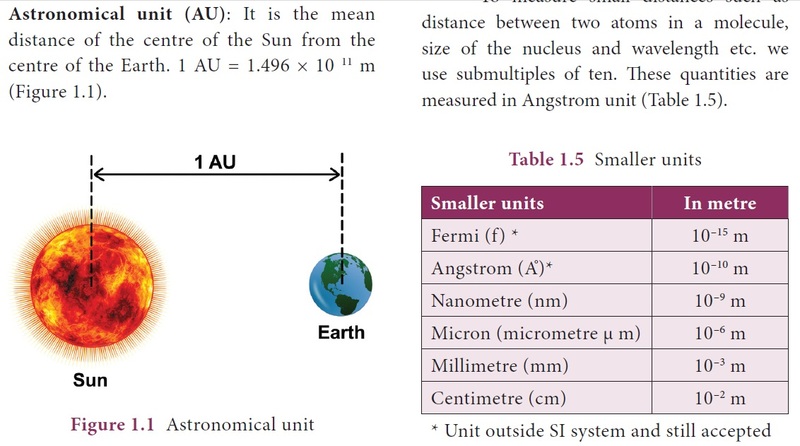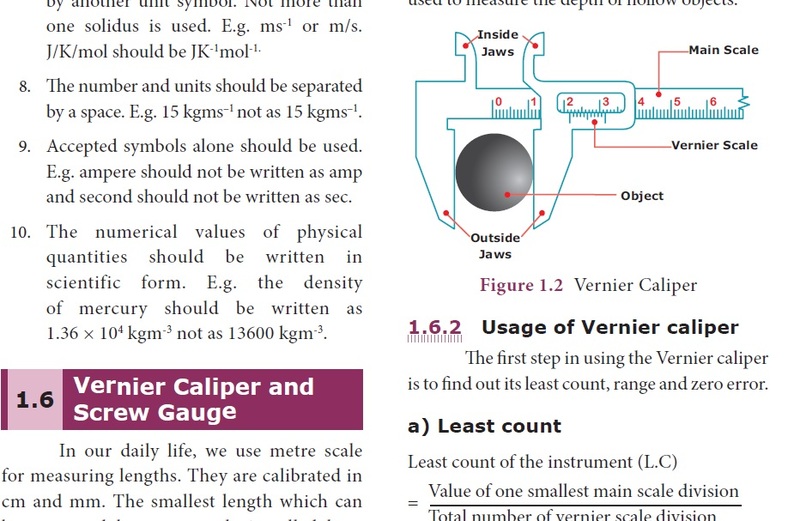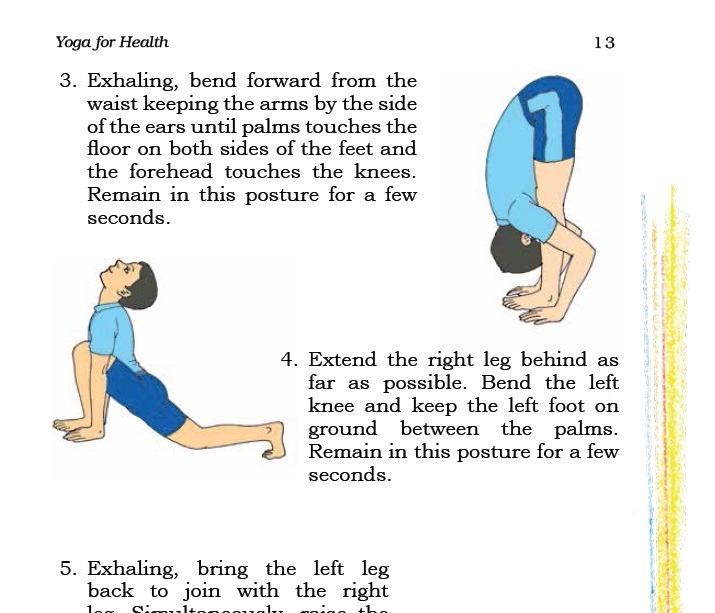Multimodal Literacies MOOC’s Updates
Multi-modal curriculum involving text and images: Optional update #4
Make an update of 300 words or more: Find some examples of curriculum resources or classrooms where teachers engage their learners in meaning-making texts that move between images and writing. How do these experiences highlight the power of synaesthesia – the process of shifting from one mode to another – and integrated, multimodal learning?
Figure 1: India - Tamilnadu state class 9 science (Astronomical unit definition)
Figure 2: Vernier Caliper image and description. When they step out of the class and come to science lab, a live vernier caliper could be accessible.
For many synesthesia could be a distant dream. Some may be good kinesthetically and may have time in math or vice versa. For them these visuals, animations, graphics, audio visuals could be better. Perhaps, it may be better if the learning activities involve bodily movement for children who kinesthetically good. For children who are good in math and science but not developed physically, they can be given a push by having printed text like here:
Figure 3: Yoga for health, National Council for Educational Research and Training (NCERT) textbook on Yoga for upper primary children
https://zietmysoredigtallibrary.files.wordpress.com/2016/06/yoga-1.pdf
Such a curriculum will also aid children who have visual, auditory impairment or children with cerebral palsy, autism and ADHD. The hearing impaired child could use a video with sign language embedded and also could use visual cues to advance in his/her lessons. The low vision kid could use audio books for more clarity in concepts. If these kinds of multi-modal literature help normal kids synaesthesially, it could aid impaired children in quite another way. It may boost gifted children towards grand success in studies. Including video materials will be of much more help with subtitles and annotations that have links that take children to varieties of study websites. Universal Design for Learning with multiple ways of engaging a child, multiple ways of representing the course material or classroom transaction and multiple ways of expression for students and teachers can make a major breakthrough in academic landscapes of developing and underdeveloped nations. This also brings equity in education. Sometimes we could see even children who are shy to come out and express can be seen to express their ideas during the class or on the internet via forums and can chat and socialize with their class peers.
Bibiliography
TN State textbook, Class IX, Science
NCERT, (2015). Yoga for Children for Upper primary school




